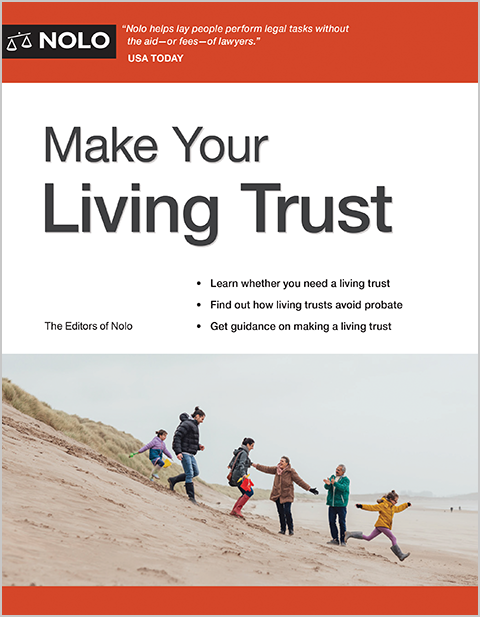Save time and money by using probate shortcuts to wrap up an estate in Ohio.
The probate process can be long and drawn out, costing your survivors time as well as money. Fortunately, Ohio offers probate shortcuts for "small estates." If the property you leave behind at your death is below a certain amount, your loved ones can use a simplified procedure to transfer your property more quickly and with less hassle.
What Are the Simplified Probate Processes in Ohio?
Ohio has two very similar simplified probate processes called "summary release from administration" and "release from administration." Read below to see if your estate qualifies for either of these.
Ohio's Summary Release From Administration
Ohio offers a procedure that allows inheritors to skip traditional probate altogether by obtaining summary release from administration from the probate court.
How to Qualify for Summary Release From Administration
You can use "summary release from administration" in Ohio if either:
- You're the surviving spouse. The estate's value can't exceed $40,000 (plus up to $5,000 in funeral and burial expenses).
- You paid funeral or burial expenses. The value of the estate can't exceed $5,000.
(Ohio Rev. Code §§ 2113.031, 2106.13 (2024).)
How to Use Summary Release From Administration
If you qualify, you can apply for this procedure with the local probate court in the county where the deceased person was living. The application must:
- describe all known assets of the deceased person's estate
- be signed by you and notarized
- include a receipt, contract, or written declaration confirming the payment or obligation to pay funeral expenses
- include an application for certificate of transfer if real estate is included in the estate, and
- include a fee.
(Ohio Rev. Code § 2113.031 (2024).)
You'll also need to provide documentation such as the will (if there was one), death certificate, funeral bills and receipts, and documentation of assets.
Once the court grants summary release, the assets can be transferred without going through probate. You will need to give a certified copy of the court's order to financial institutions and other entities that possess the deceased person's property.
Ohio's Release From Administration
Ohio has a similar procedure called "release from administration."
How to Qualify for Release From Administration
Release from administration is available if either:
- The value of the estate is $35,000 or less, or
- The value of the state is $100,000 or less and a surviving spouse inherits everything (either under a will or by law).
(Ohio Rev. Code § 2113.03 (2024).)
How to Use Release From Administration
In the estate qualifies using the first criterion (if the value of the estate is $35,000 or less), the inheritor must give notice to the surviving spouse, if any, and to the heirs. The inheritor might also be required to publish notice of the filing of the application. (Ohio Rev. Code § 2113.03 (2024).)
After an application is approved, the probate court will issue an order that states no further administration is necessary, and direct the property to be transferred. To obtain the property, you can take a certified copy of the court's order to banks and other entities that possess the deceased person's assets.
If the estate includes real estate, you must update the property records to show a transfer of ownership. Contact the county recorder's office in the county where the property is located.
For More Information
For help determining if an estate qualifies for one of these probate shortcuts, or handling an estate in general, see The Executor's Guide, by Mary Randolph (Nolo) or Estate Planning Basics, by Denis Clifford (Nolo).
For more on Ohio estate planning issues, see our section on Ohio Estate Planning.



